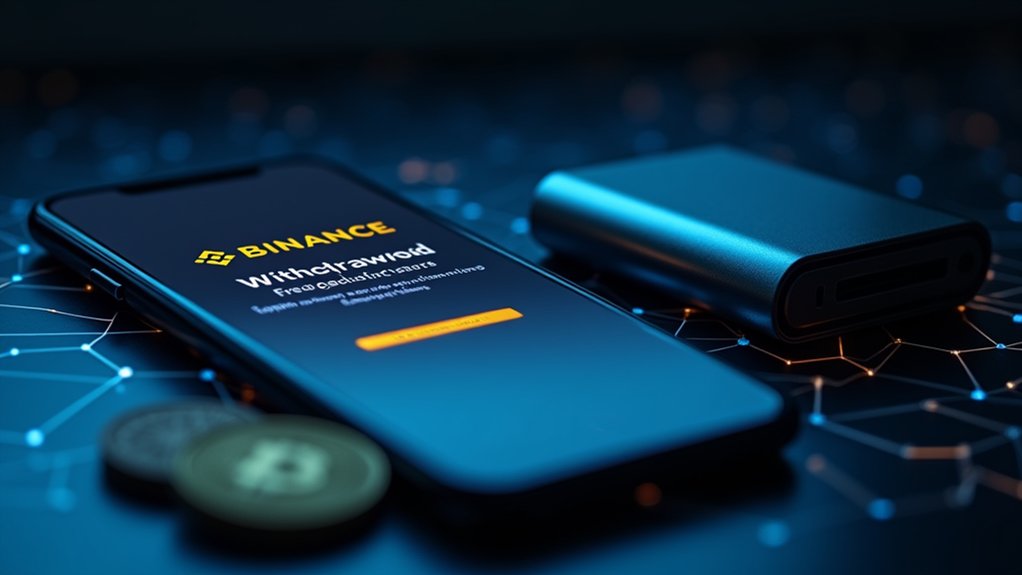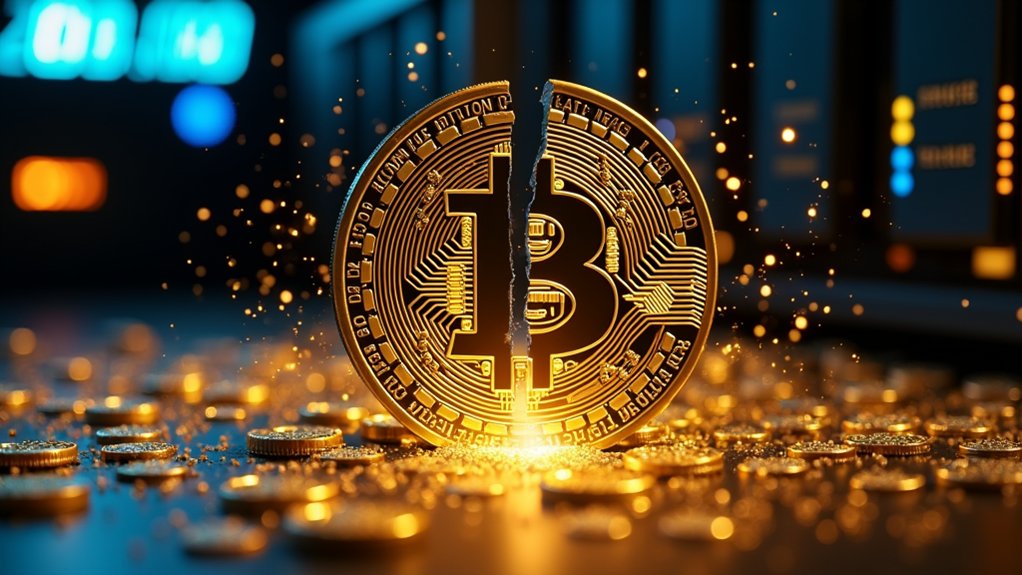A crypto trustline is a consent-based authorization mechanism that establishes secure pathways for token transfers between blockchain accounts. These bilateral agreements require explicit approval from recipients before specific tokens can be transferred, preventing unwanted asset assignments while preserving account integrity. Particularly prominent in the XRP Ledger like RippleState objects, trustlines create bidirectional relationships between connected parties, enabling controlled exposure to various digital assets. This fundamental infrastructure component balances network openness with necessary protective measures for decentralized finance operations.

In the rapidly changing landscape of blockchain technology, trustlines represent a fundamental infrastructure component that enables secure token interactions between accounts. These specialized connections form the backbone of many decentralized ecosystems, creating pathways for tokens to flow between participants while maintaining strict permission-based access controls.
Unlike traditional financial systems where institutions may unilaterally assign assets to accounts, trustlines operate on an explicit consent model, requiring user authorization before any token can be held within their account structure. The consent mechanism embedded within trustlines serves as a critical safeguard against unwanted token assignments, spam distributions, or potential security vulnerabilities that could otherwise compromise account integrity.
Trustlines transform digital asset management by placing consent at the heart of blockchain interactions, establishing a sovereign shield against unwanted tokens.
When an account establishes a trustline for a specific token, it effectively signals its willingness to receive and hold that particular asset class, creating a permissioned channel that respects individual sovereignty while enabling frictionless transactions. In the XRP Ledger, trustlines are represented by RippleState objects that contain bidirectional relationships between the connected accounts. This balance between accessibility and security has proven particularly valuable in decentralized finance applications, where controlled exposure to various asset types remains essential for prudent portfolio management.
Trustlines function as selective gateways, allowing users to curate which tokens may enter their financial ecosystem while rejecting those that fail to meet their acceptance criteria. This filtering capability provides individuals with unprecedented control over their digital asset holdings, enabling precise management of exposure to various blockchain-based instruments. These trustlines are designed to give users the autonomy to select which tokens they wish to interact with, strengthening their control over personal digital assets.
The systematic implementation of trustlines across decentralized networks has greatly enhanced both the user experience and overall security posture of participating accounts. As blockchain adoption continues to accelerate across global financial infrastructures, trustlines will likely develop to accommodate increasingly sophisticated token economics and interaction models.
Their foundational role in enforcing consent-based token storage establishes them as a cornerstone technology for sustainable, user-centric digital asset ecosystems. By maintaining individual agency while enabling necessary token transfers, trustlines illustrate the careful balance between openness and protection that characterizes mature blockchain implementations.
Frequently Asked Questions
How Secure Are Crypto Trustlines Against Hacking?
Crypto trustlines offer robust security through multiple protective mechanisms, including explicit user consent requirements, limited exposure controls, and anti-spam features that prevent unsolicited assets.
The architecture implements authorization flags, freeze controls, and immutable settings that enhance security posture.
However, vulnerabilities exist in misconfigured trust line limits, compromised issuer accounts, and phishing attempts via fraudulent QR codes, requiring users to maintain vigilance despite the fundamental safeguards built into the system.
Can Trustlines Be Established Between Different Cryptocurrency Networks?
Trustlines cannot be natively established between different cryptocurrency networks, since these mechanisms are fundamentally bound to their originating blockchain ecosystems.
While cross-network interoperability exists, it typically relies on tokenization bridges, wrapped assets, or third-party custodial solutions rather than direct trustlines.
Projects like Cosmos and Polkadot have developed specialized protocols that emulate cross-chain trust relationships, but these operate through orchestrated bridge architectures rather than extending native trustline functionality across independent blockchains.
What Fees Are Typically Associated With Using Trustlines?
Trustline usage typically incurs three categories of fees: network transaction fees, which vary by blockchain platform and network congestion; activation fees, including the 0.2 XRP reserve on XRPL; and ongoing maintenance fees for parameter modifications.
Hidden costs may include opportunity losses from delayed transactions, frozen funds in incompletely deactivated trustlines, and potential issuer risks.
Fee structures fluctuate with gas prices on Ethereum or transaction costs on XRPL, requiring careful monitoring for cost-effective management.
How Quickly Can Trustlines Be Canceled in Emergency Situations?
Trustline cancellation speed depends on several critical factors, including existing balances, asset status, and wallet interfaces.
In ideal situations, with zero balances and no frozen assets, cancellation can occur within minutes; however, complicated scenarios involving frozen tokens or active balances require clearance first, potentially extending the process to hours or days.
The Token Trasher xApp accelerates the procedure by automating balance identification and removal before enabling trustline deletion.
Are There Regulatory Compliance Issues When Using Trustlines Internationally?
International trustline usage presents significant regulatory compliance challenges across multiple domains, including disparate KYC/AML requirements between jurisdictions, conflicting consumer protection standards, and complex tax reporting obligations.
Financial institutions utilizing trustlines must navigate jurisdictional variations in cryptocurrency classifications, with some regions treating tokens as securities while others categorize them as payment instruments.
In addition, data privacy regulations, like GDPR in European contexts, create additional compliance burdens when managing user information across borders.









